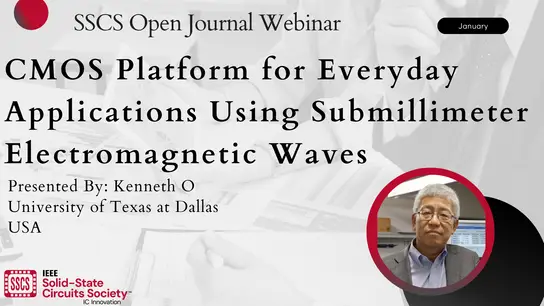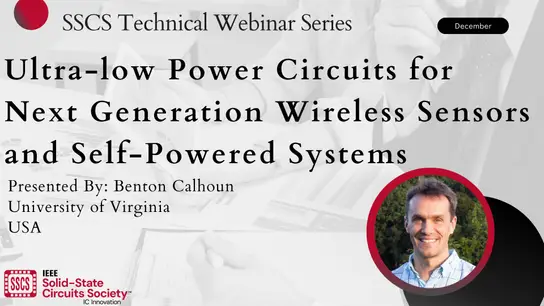-
Members: FreeSSCS
IEEE Members: $8.00
Non-members: $12.00Pages/Slides: 76
06 Jun 2018
This webinar is Part 1 of a two part series. (Part 2 is Applications of Time-based Circuits in Data Conversion, Filtering, and Control)
Part 1 Abstract
Compared to circuits utilizing voltage or current to convey analog signals, time based circuits offer unique attributes, ranging from simple, area efficient quantization to more complex techniques for time based processing such as integration, interpolation, and noise shaping. Although time based circuits are not new, the availability of fast, low power transistors in advanced process nodes, combined with the challenges of traditional analog design techniques, has renewed interest in time as a signal domain both in academia and in industry. This talk will look at some obvious and more subtle differences between voltage and time based circuits, and discuss tradeoffs in the context of application requirements. A few advanced state of the art time based circuits will motivate the audience to consider how time based circuits can be a useful tool for their own designs.
Speaker Biography
Matt Straayer studied electrical engineering at University of Michigan and MIT. Currently he is Executive Director, Advanced Research and Development at Maxim, where his group develops architectures and enabling IP for a wide range of products and applications. His experiences include MEMS, RF, frequency generation, data converters, and power, and has found a valuable role for time based circuits in each of these areas.


